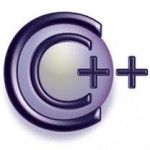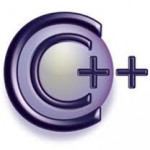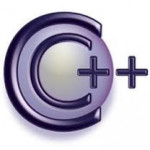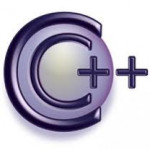Filing in C (part 2)
Writing in a File
In this part you will learn: 1. C syntax 2. Filing 3. Writing to a File In this tutorial we will learn about filing in C. Filing is a very important tool in C. In this program we will write data in a file. We will take input from the user and write that data in a file whose name will be entered by the user. Writing in a File Basic Step: Open Dev C++ then File > new > source file and start writing the code below.- Read more about Filing in C (part 2)
- Log in or register to post comments
- 80 views




